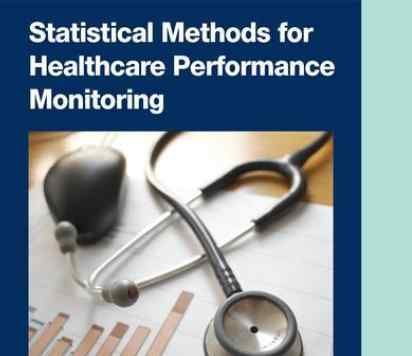BibTex format
@article{Rao:2017:10.1136/bmjopen-2016-014618,
author = {Rao, AM and jones, A and Bottle, R and Darzi, A and Aylin, P},
doi = {10.1136/bmjopen-2016-014618},
journal = {BMJ Open},
title = {A retrospective cohort study of high-impact users among patients with cerebrovascular conditions},
url = {http://dx.doi.org/10.1136/bmjopen-2016-014618},
volume = {7},
year = {2017}
}
RIS format (EndNote, RefMan)
TY - JOUR
AB - ObjectiveTo apply group-based trajectory modelling (GBTM) to the hospital administrative data to evaluate, model and visualise trends and changes in the frequency of long-term hospital care use of the subgroups of patients with cerebrovascular conditions.DesignA retrospective cohort study of patients with cerebrovascular conditions.SettingsSecondary care of all patients with cerebrovascular conditions admitted to English National Hospital Service hospitals.ParticipantsAll patients with cerebrovascular conditions identified through national administrative data (Hospital Episode Statistics) and subsequent emergency hospital admissions followed up for 4 years.Main outcome measureAnnual number of emergency hospital readmissions.ResultsGBTM model classified patients with intracranial haemorrhage (n=2605) into five subgroups, whereas ischaemic stroke (n=34208) and transientischaemic attack (TIA) (n=20549) patients were shown to have two conventional groups, low and high impact. The covariates with significant association with high-impact users (17.1%) among ischaemic stroke were epilepsy (OR 2.29), previous stroke (OR 2.18), anxiety/depression (OR 1.63), procedural complication (OR 1.43), admission to intensive therapy unit (ITU) or high dependency unit (HDU) (OR 1.42), comorbidity score (OR 1.36), urinary tract infections (OR 1.32), vision loss (OR 1.32), chest infections (OR 1.25), living alone (OR 1.25), diabetes (OR 1.23), socioeconomic index (OR 1.20), older age (OR 1.03) and prolonged length of stay (OR 1.00). The covariates associated with high-impact users among TIA (20.0%) were thromboembolic event (OR 3.67), previous stroke (OR 2.51), epilepsy (OR 2.25), hypotension (OR 1.86), anxiety/depression (OR 1.63), amnesia (OR 1.62), diabetes (OR 1.58), anaemia (OR 1.55), comorbidity score (OR 1.39), atrial fibrillation (OR 1.27), living alone (OR 1.25), socioeconomic index (OR 1.13), older age (OR 1.04) and prolonged length of stay (OR 1.02). The high-impact users (0.5%
AU - Rao,AM
AU - jones,A
AU - Bottle,R
AU - Darzi,A
AU - Aylin,P
DO - 10.1136/bmjopen-2016-014618
PY - 2017///
SN - 2044-6055
TI - A retrospective cohort study of high-impact users among patients with cerebrovascular conditions
T2 - BMJ Open
UR - http://dx.doi.org/10.1136/bmjopen-2016-014618
UR - http://hdl.handle.net/10044/1/48377
VL - 7
ER -
